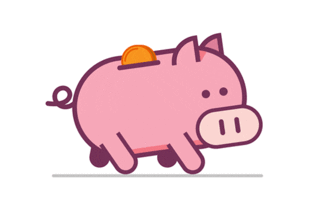- Курсовая работа
- Дипломная работа
- Контрольная работа
- Реферат
- Отчет по практике
- Магистерская работа
- Статья
- Эссе
- Научно-исследовательская работа
- Доклад
- Глава диплома
- Ответы на билеты
- Презентация
- Доработка заказа клиента
- Аспирантский реферат
- Монография
- ВКР
- Дипломная работа MBA
- Компьютерный набор текста
- Речь к диплому
- Тезисный план
- Чертёж
- Диаграммы, таблицы
- ВАК
- Перевод
- Научная статья
- Бизнес план
- Лабораторная работа
- Рецензия
- Решение задач
- Диссертация
-

Оставьте заявку на Дипломную работу
-

Получите бесплатную консультацию по написанию
-

Сделайте заказ и скачайте результат на сайте
ATTENTION DEFICIT HYPERACTIVITY DISORDER
Контрольная работа
Хотите заказать работу на тему "ATTENTION DEFICIT HYPERACTIVITY DISORDER"?10 страниц
0 источников
Добавлена 02.07.2021 Опубликовано: studservis
690 ₽
1380 ₽
Узнать стоимость работы
-
Узнать стоимость

Дипломная работа
от 6000 рублей/ 3-21 дня/ от 6000 рублей/ 3-21 дня
-
Узнать стоимость

Курсовая работа
1600/ от 1600 рублей / 1-7 дней
-
Узнать стоимость

Реферат
600/ от 600 рублей/ 1-7 дней
-
Узнать стоимость

Контрольная работа
250/ от 250 рублей/ 1-7 дней
-
Узнать стоимость

Решение задач
250/ от 250 рублей/ 1-7 дней
-
Узнать стоимость

Бизнес план
2400/ от 2400 руб.
-
Узнать стоимость

Аспирантский реферат
5000/ от 5000 рублей/ 2-10 дней
-
Узнать стоимость

Эссе
600/ от 600 рублей/ 1-7 дней




